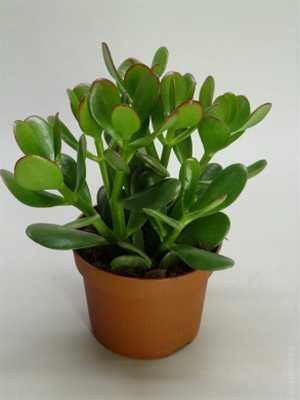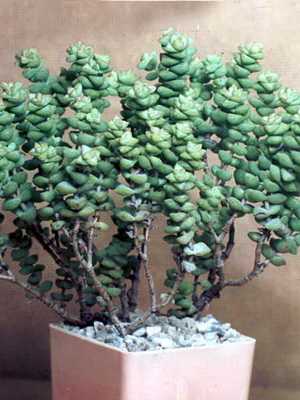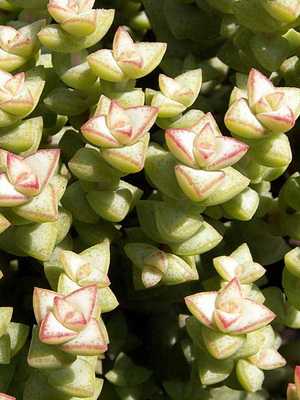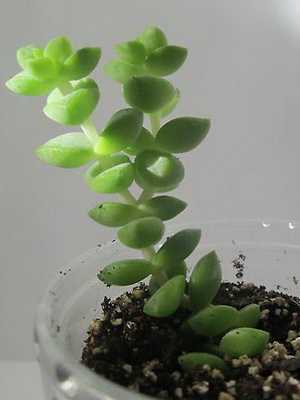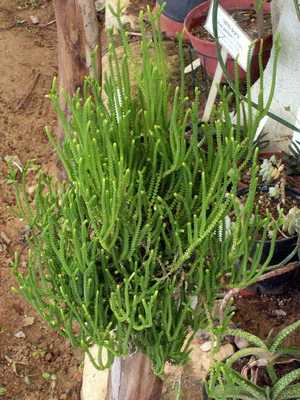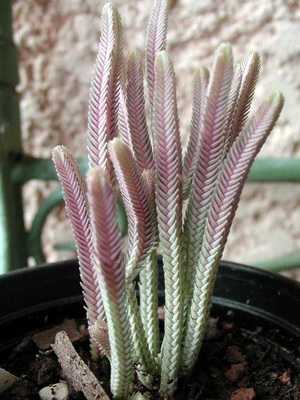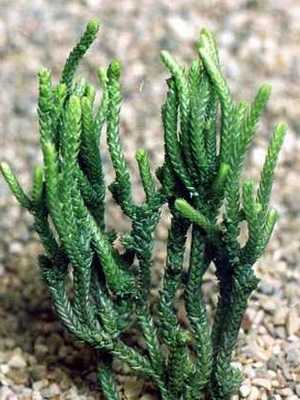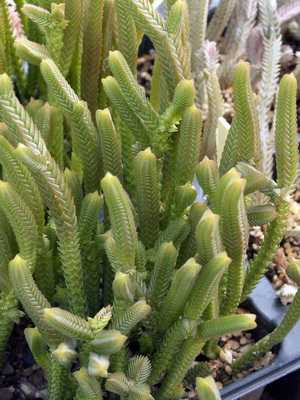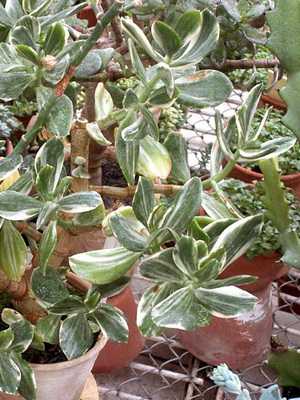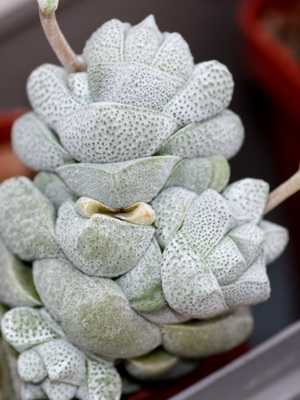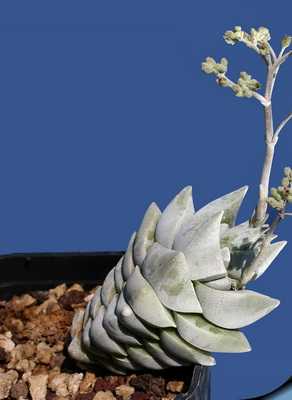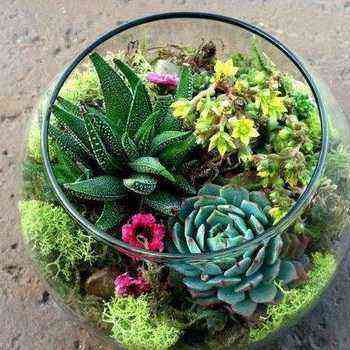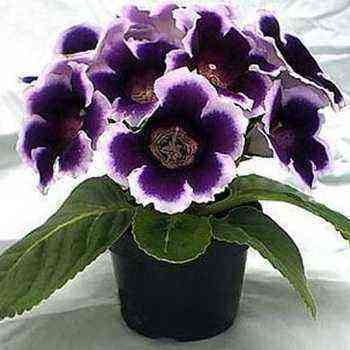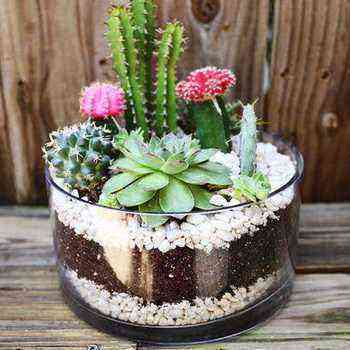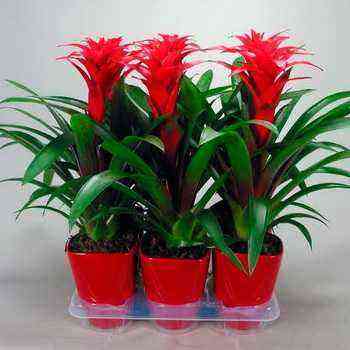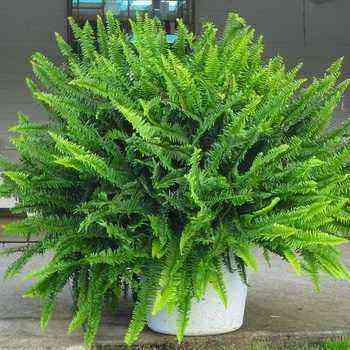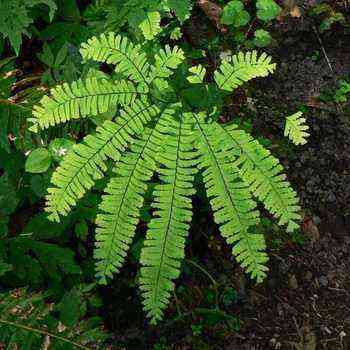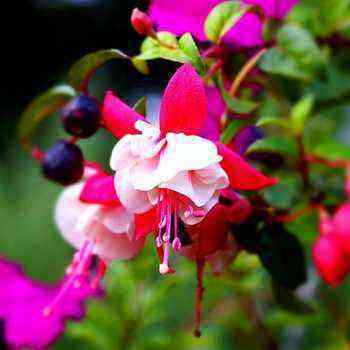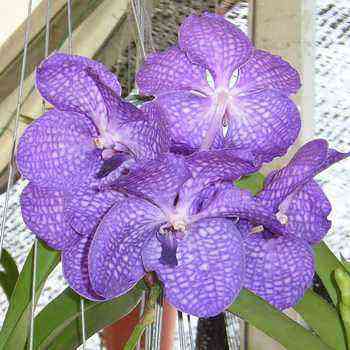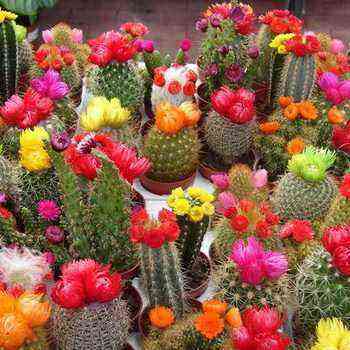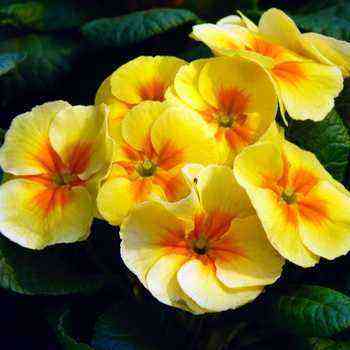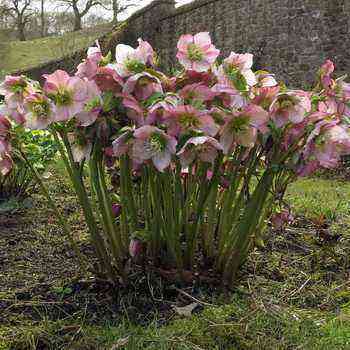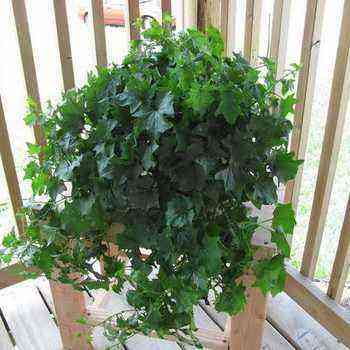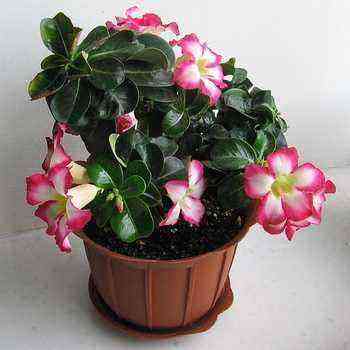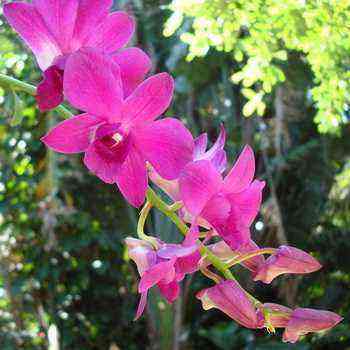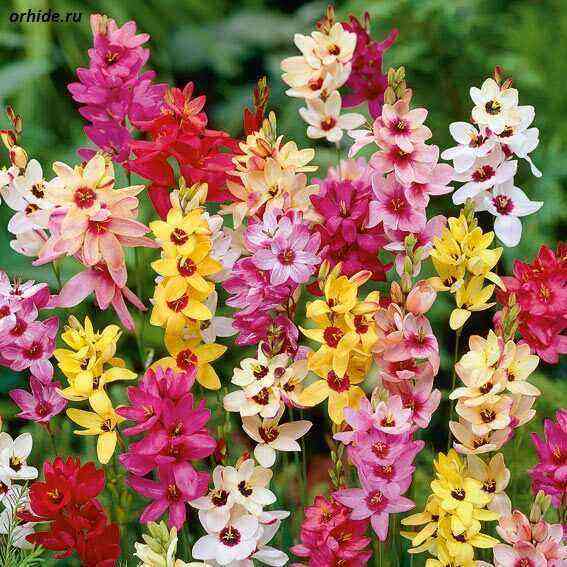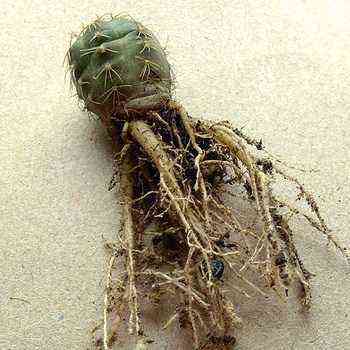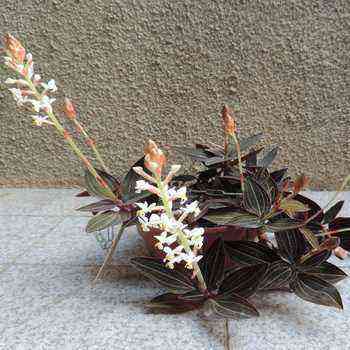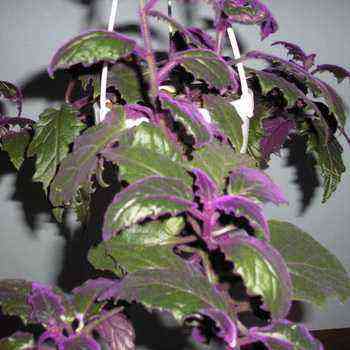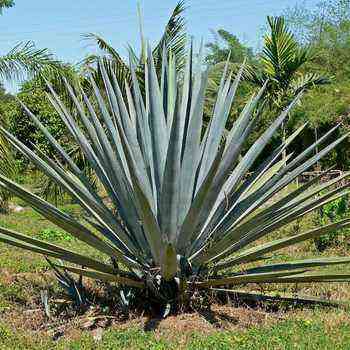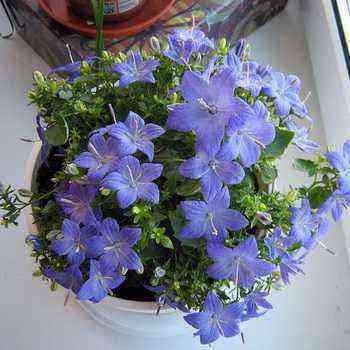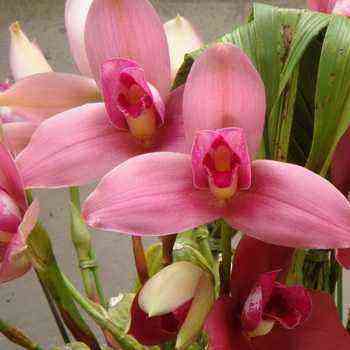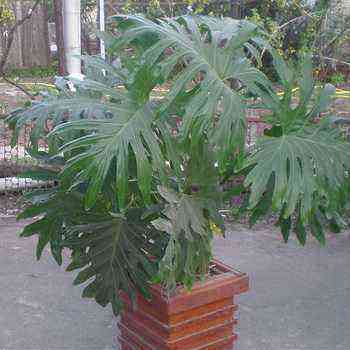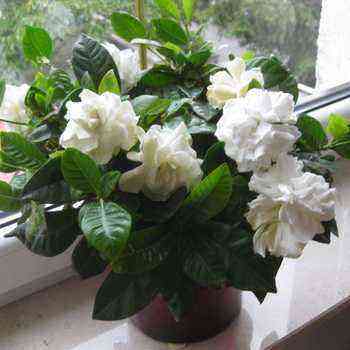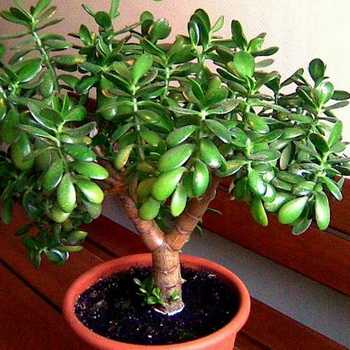
Money tree Crassula: popular types of fat women
The genus of fat women (Crassulo) is one of the most extensive and most diverse in the family (it can be compared with mammillaria in cactus). About 350 species are known, originating mainly from South Africa. Among them there are very tiny plants and trees 5 m high. The decorativeness and variety of crassulas, like most members of the family, are associated with their leaves. Their flowers are graceful, but small, inconspicuous, single or collected in inflorescences.
Next, you can familiarize yourself with the photos and names of the types of fat women, the most popular in home floriculture.
In room culture, tree-like representatives of the genus with rounded thick silvery leaves are especially common – C. arborescens (arborescence) and C. ovata (this). Because of the leaves that look like coins, they received in different languages the names “silver”, “silver dollar”, “coin tree”. These plants grow well even in shaded areas of rooms, are content with a common culture for indoor plants (without requiring a special ” succulent “), are very decorative and suitable for use in interior design.
For these purposes, ampelous crassula flowers are also good, they are also undemanding and remarkable for the original combination of swollen fancy leaves and hanging or wriggling stems.
For example, the C. rupestris (rupestris) with creeping shoots up to half a meter long. Its thin twigs bear fleshy, rounded leaves 3-15 mm long with a reddish bloom and a purple-red stripe along the edges.
As you can see in the photo, in this fat woman (crassula), the leaves are arranged in pairs on the branches, and each pair of leaves grows together with their bases and looks as if strung on the stem:
У C. perforata (perforation) 2-centimeter leaves, bluish-green, with dark specks and thorny outgrowths along the edges, which, like in the previous species, grow together in pairs.
A peculiar spring-like plow C. muscosa (muscosa), she C. lycopodioides (lycopodioides), the thin and long stems of which are covered with tiny leaves, scales only 2-4 mm long. They are arranged in 4 rows and tightly overlap one another.
Look at the photo – this fat woman also has miniature flowers – no more than 3 mm:
Several forms of this crassula are known in culture, including ‘Variegata’ with silvery leaves and ‘Monstroza’ with abnormal growths of the stems, as in comb-like forms of cacti.
In the extensive genus of Crassula, there are more demanding species: undersized fleshy forms that need loose, non-greasy soil, careful watering, summer rest and warm wintering.
For example, a fantastic looking C. deceptor (deceptor), is a low (up to 10 cm) bushes with tetrahedral, very thick and short – only 1,5 cm – leaves, densely set on the stems completely hidden by them.
Pay attention to the photo – the crassula of this species has greenish-gray leaves densely covered with silvery specks:
Some members of the genus grow normally only on condition that they are in the open sun in summer, others need shade. Therefore, when acquiring Crassula, one must imagine the peculiarities of agricultural technology of this particular type.

